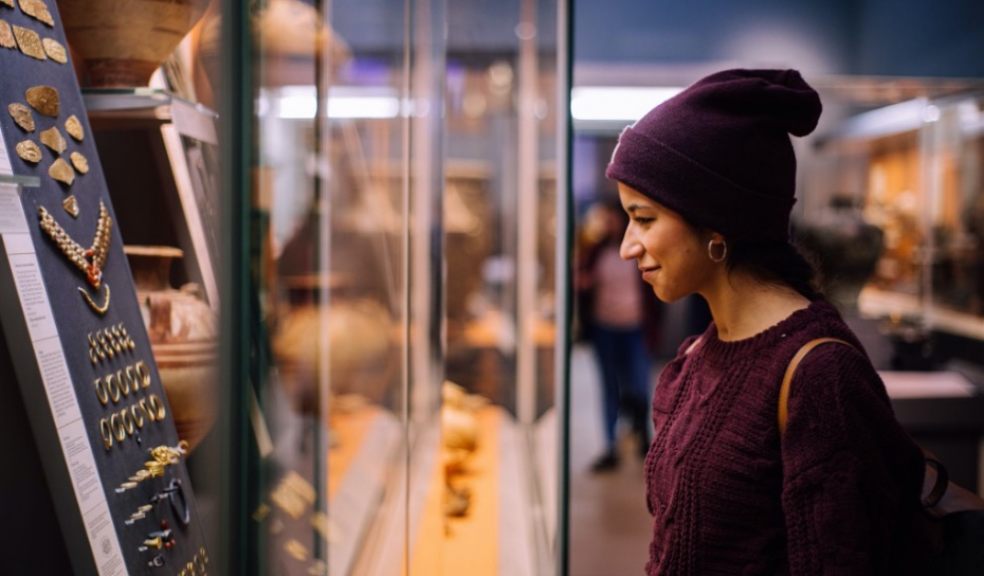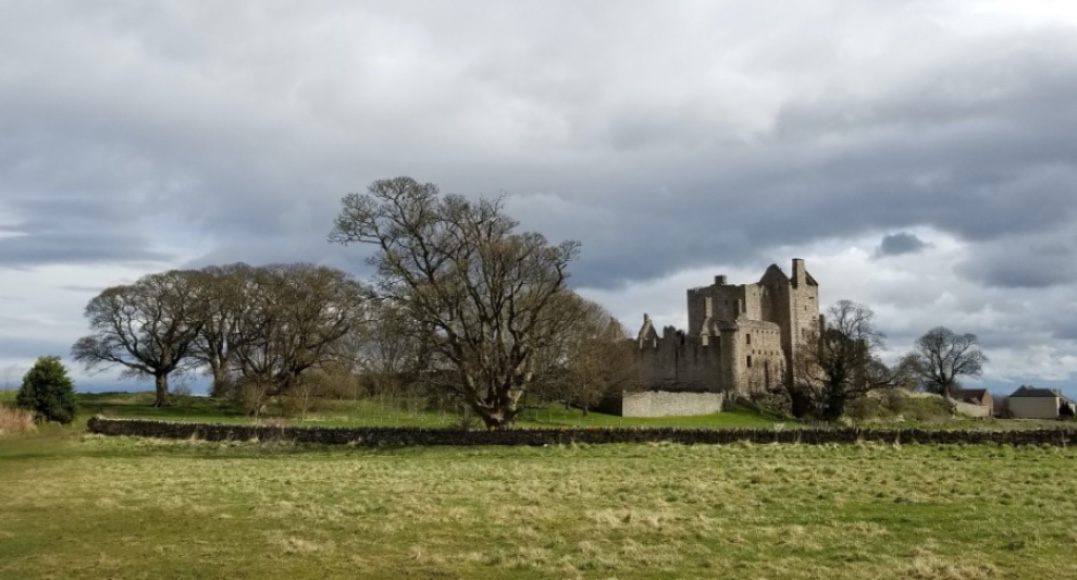
Which region in the UK are you likely to find treasure
Treasure is found across the whole of the UK, not only in gardens but also on common land.
At a value of £1.5 Million, the latest valuable public discovery is highlighted by the British Museum's Portable Antiquities Scheme (PAS) database. The PAS project,1997, keeps track of archaeological finds made by public members in England and Wales.
Since 1997, colleagues from the British Museum and Amgueddfa Cymru – National Museum Wales have collaborated with regional Finds Liaison Officers (FLOs) to identify and record new hauls, ranging from arrowheads, axes and brooches and buckles. Many of these treasures have been found on farms and public land but also in domestic gardens.
Here are the top 6 finds in terms of financial value but mainly in terms of historical importance.
1 - The Ringlemere Cup Takes First Prize
We are starting our story with a trip to Bronze Age Kent. Treasure hunters discovered the magnificent Ringlemere Cup in 2001- finding the golden vase in the surrounding meadows of Ringlemere Farm, dating back to between 1700 and 1500 BC, leaves us in little doubt that Britain is packed to the brim with treasure hotspots.
The cup is one of Britain's earliest examples, and it is precious due to its antiquity and rarity, read on to find out more about our best finds.
2 - Roman Grots
Although they may not appear to be noteworthy, Roman grots (a name for old and corroded coins) found all over Britain are important in providing information about where people lived, worked, and travelled in Roman Britain.
We can trace the expansion of Roman Britain from the invasion in AD 43 through the province's demise in AD 409/410 since each emperor (and most usurpers) made their own coinage.
3 - The Roman Emperor Domitianus Coin
When a coin issued by the Roman emperor Domitianus was discovered in a French treasure in 1900, it was dismissed as a fraud since no one had ever heard of him, and there was no proof of his existence.
That opinion began to shift in 2003, when metal detectorist Brian Malin discovered a jar holding 4,957 Roman coins, including one with the portrait of the same Domitianus.

4 - Hadrian's Bedpan
The Staffordshire Moorlands Pan, beautifully painted with colourful enamel circles, is a set of pans made to commemorate Hadrian's Wall, mainly as keepsakes for the troops who spent time on the empire's Wall boundary.
The names of the western end of the walls four forts are inscribed around the rim, a sequence that would have conjured up unending marches between garrisons for the men stationed there.
5 - Hoarding in Staffordshire
Found near the village of Hammerwich in the Midlands, the residence discovered nearly 5,000 remnants of 7th-century war gear and religious items in 2009, totalling 4kg of gold and 1.5kg of silver. The find illuminated the early Anglo Saxon period.
The hoard's size and the superb craftsmanship of some of the artefacts drew worldwide attention, refocusing attention on the early Anglo-Saxon period and raising new questions about the people who created and used these magnificent objects. It's possible to see the things from the glittering hoard at the Potteries Museum and Art Gallery.
6 - The Boar of the Battle of Bosworth
Those interested in King Richard III know that he wore the boar symbol throughout his life. Silversmiths made brooches and for his coronation and the inauguration of his son as Prince of Wales. However, this specific symbol tells us more about his death.
Archaeologists discovered this broken silver-gilt insignia near the Battle of Bosworth, where Richard famously died during the Wars of the Roses. It was most likely misplaced by a member of the king's household. The fantastic find has shifted the battle's epicentre 3 kilometres from where it was initially believed to have happened.
Recent events mean amateur archaeologists have more time to dedicate to their pastime, leaving the door open for bigger and better historical treasure troves to be discovered anytime now.
Sources
https://www.staffordshirehoard.org.uk/
https://www.bbc.co.uk/news/uk-england-hampshire-55244706

















